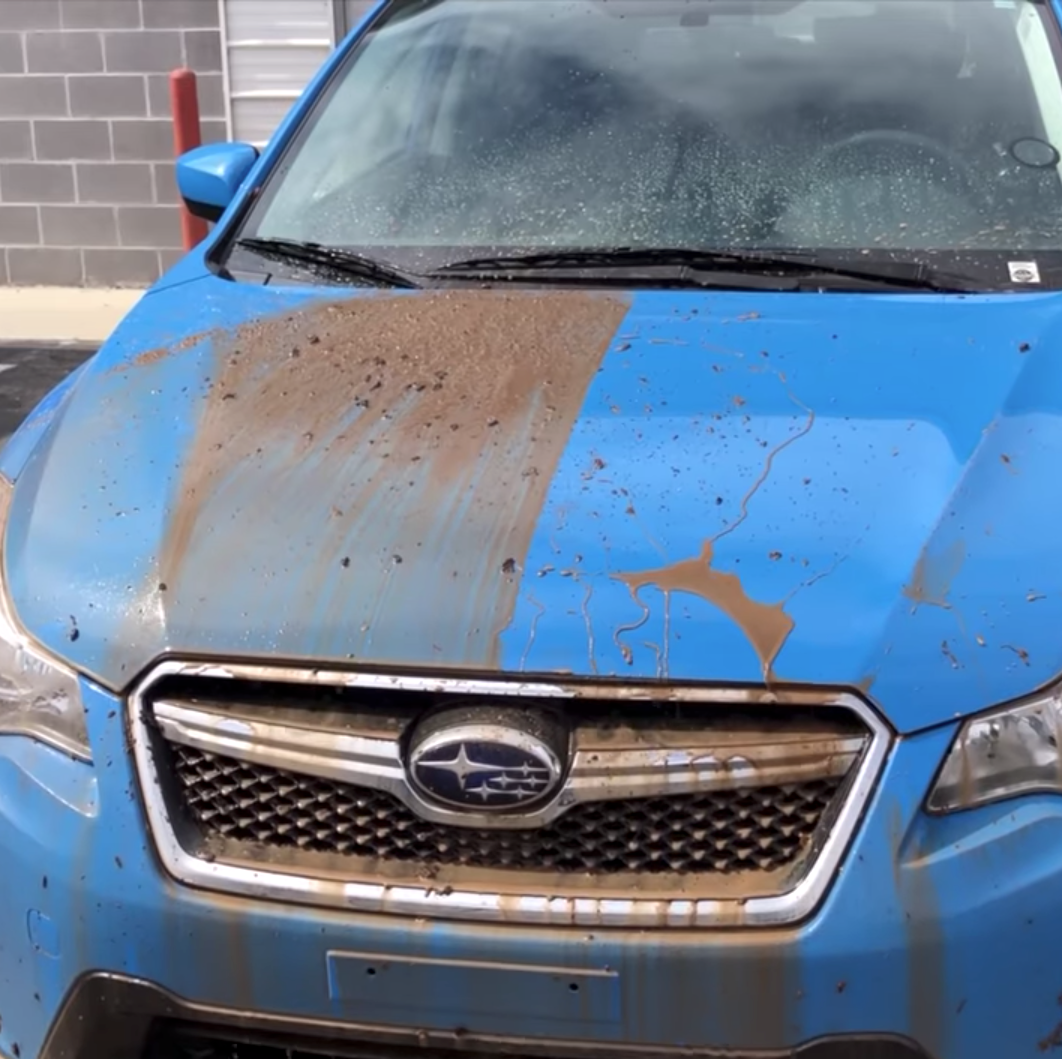Ceramic Covering vs. Traditional Wax: Which Gives Much Better Long-Term Security?
The discussion between ceramic layers and standard wax for vehicle protection has gathered significant interest amongst vehicle enthusiasts and specialists alike. Ceramic finishings flaunt exceptional durability and resistance to ecological factors, yet the intricacy of their application increases inquiries about ease of access and practicality.
Overview of Ceramic Layer
Ceramic covering has actually gotten significant appeal among automotive lovers and detailers alike as a result of its sophisticated protective top qualities. This cutting-edge technology is designed to produce a resilient, hydrophobic guard over a car's paint surface, substantially enhancing its resistance to ecological pollutants such as dirt, UV rays, and chemical spots. Unlike typical wax, which gives a short-lived layer of security, ceramic finishes bond at a molecular degree with the paint, providing resilient resilience-- usually prolonging beyond two years with proper upkeep.
The application procedure entails thorough prep work of the vehicle's surface, including cleansing and polishing to make sure optimum bond. As soon as used, the covering treatments to create a robust layer that not only adds depth and gloss to the paint but also simplifies maintenance. With its hydrophobic residential or commercial properties, ceramic coating permits water and dust to slide off even more easily, reducing the frequency of laundries and minimizing the threat of swirl marks.
Furthermore, ceramic coatings are offered in numerous solutions, permitting customers to select items customized to their details needs and choices. On the whole, ceramic covering represents a significant improvement in paint defense technology, delivering premium performance compared to conventional alternatives.
Review of Traditional Wax
Traditionally considered a staple in automotive treatment, wax works as a preferred choice for those looking for a simple approach to enhance and protect their lorry's paint - ceramic coating. Automotive wax commonly makes up all-natural components, such as carnauba, or synthetic compounds, made to create a protective layer on the surface area of the paint. This layer not only boosts the vehicle's gloss and radiate but likewise provides an obstacle versus ecological impurities
The application of wax is typically user-friendly, making it obtainable for both experts and Do it yourself fanatics. Once applied, wax requires a treating duration, after which it sets to create a safety shell.
Nevertheless, while wax is efficient for boosting the aesthetic charm of an automobile, it is very important to keep in mind that the protection it supplies may demand extra frequent reapplication compared to different products, such as ceramic coatings. On the whole, conventional wax continues to be a popular alternative for those prioritizing simplicity of use and immediate visual enhancement.
Toughness and Longevity Contrast
While both ceramic coverings and traditional wax offer protective benefits for vehicle paint, their durability and durability vary significantly. Standard wax, generally made from natural carnauba or synthetic polymers, usually gives a protective layer that lasts around 3 to six months. This reasonably brief lifespan requires regular find here reapplication to preserve optimum defense.
On the other hand, ceramic coverings are crafted from sophisticated nanotechnology, developing a covalent bond with the paint surface. This causes a robust, hydrophobic layer that can sustain for two to five years, depending upon the item and ecological problems. The superior longevity of ceramic layers is associated to their chemical framework, which supplies boosted resistance to scrapes, UV rays, and oxidation.

Protection Against Ecological Aspects
Protecting an automobile's paint from ecological variables is crucial for preserving its appearance and value over time. Cars are frequently subjected to a range of elements, consisting of UV rays, bird droppings, tree sap, acid rain, and roadway crud, every one of which can jeopardize the honesty of the paintwork.
Ceramic coverings provide a robust protection versus these environmental aggressors. Unlike conventional wax, which can weaken quickly under UV direct exposure, ceramic finishings develop a durable, hydrophobic layer that withstands the harmful impacts of sunshine and environmental toxins. This innovative technology creates a chemical bond with the car's surface, supplying exceptional security that lasts for many years, even in harsh conditions.
In comparison, ceramic finishings keep their safety high qualities longer, considerably decreasing the danger of paint damage and guaranteeing that the vehicle retains its aesthetic charm. As an outcome, ceramic coatings are progressively acknowledged as the superior selection for lasting defense against environmental aspects.
Application and Upkeep Differences
The methods of application and succeeding maintenance for ceramic finishings and conventional wax vary substantially, affecting the total user experience and performance of each product. Ceramic coatings need an even more complex application process, generally including surface area prep work that consists of cleaning, decontaminating, you can look here and polishing the automobile. Once the surface is all set, the ceramic finish is used in a regulated environment, commonly requiring professional knowledge to make sure correct healing and bonding to the paint.

While both products improve vehicle appearance, the longer-lasting defense offered by ceramic finishes may validate their preliminary financial investment, in spite of the even more requiring application procedure. On the other hand, typical wax stays a popular choice for those seeking a simpler, albeit short-term, solution.

Conclusion
Finally, ceramic finishings demonstrate considerable advantages over typical wax in regards to longevity and environmental security. With a life expectancy expanding 2 to five years and premium resistance to UV rays, dirt, and chemical discolorations, ceramic finishes supply a more reliable remedy for long-lasting car upkeep. Although the application process may need expert experience, the resulting price savings and reduced regularity of reapplication underscore the value of ceramic coverings for those seeking ideal lorry security.
The dispute between ceramic layers and conventional wax for vehicle security has actually garnered considerable focus amongst automobile lovers and specialists alike. Unlike traditional wax, which supplies a short-term layer of security, ceramic layers bond at a molecular level with the paint, supplying lasting durability-- usually expanding beyond 2 try these out years with correct upkeep.
While both ceramic finishings and standard wax deal protective benefits for vehicle paint, their resilience and durability vary substantially. For auto fanatics seeking long-lasting defense, ceramic finishings offer a compelling advantage over traditional wax items.
In verdict, ceramic finishes demonstrate significant benefits over traditional wax in terms of longevity and ecological protection.
 Amanda Bynes Then & Now!
Amanda Bynes Then & Now! Shannon Elizabeth Then & Now!
Shannon Elizabeth Then & Now! Suri Cruise Then & Now!
Suri Cruise Then & Now! Erika Eleniak Then & Now!
Erika Eleniak Then & Now! Nadia Bjorlin Then & Now!
Nadia Bjorlin Then & Now!